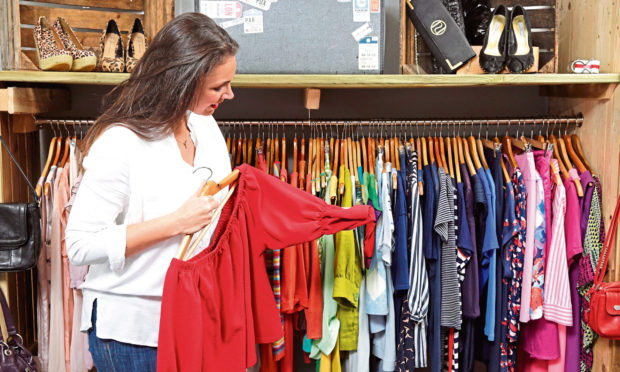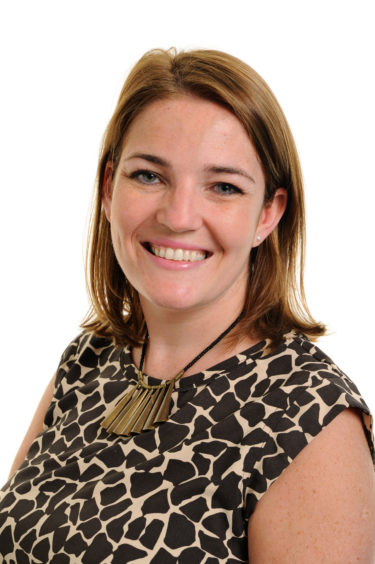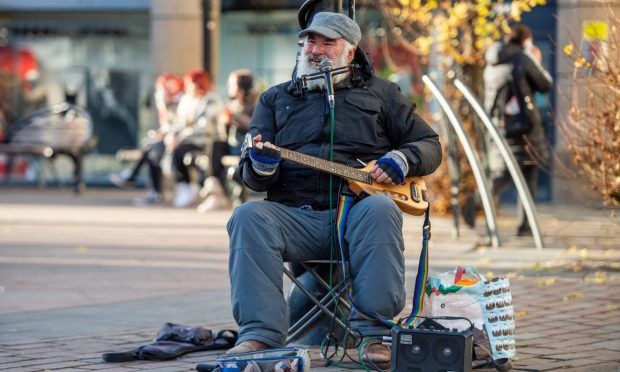Hands up if you like nothing more than a ferret round a charity shop in the hope of bagging a fashion bargain?
You’re not alone – since the beginning of 2020 there has been a growth in searches for second-hand fashion worldwide, with a 37% increase in searches for sustainability-related keywords like “upcycled fashion”, and “second-hand”.
Zero Waste Scotland’s “Style it out with second-hand” campaign aims to encourage even more of us to opt for a slower approach to consumption.
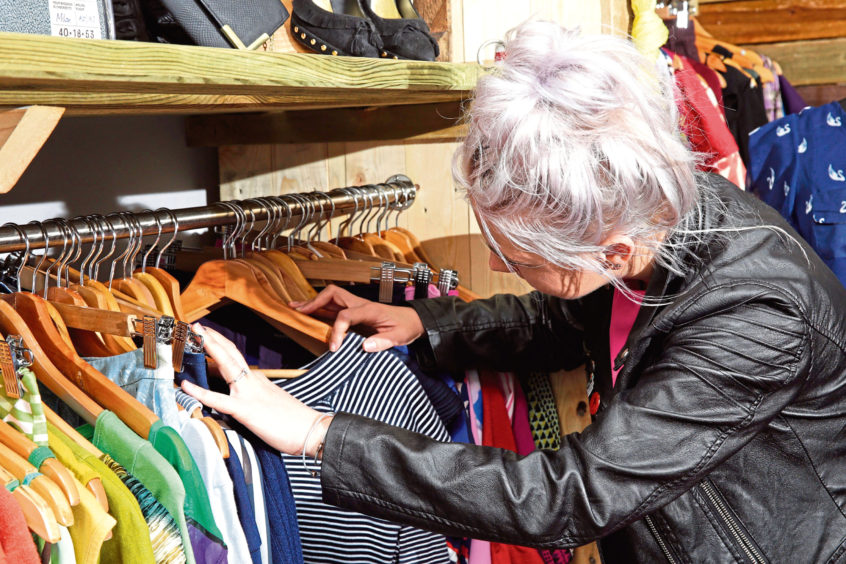
Catherine Bozec, consumer campaigns manager for Zero Waste Scotland, explains: “Our recent research revealed that many Scots believe second-hand shopping is for everyone, which is really encouraging and, increasingly, more people are looking to shop second-hand as a first choice.
“You can find really beautiful, unique and stylish pieces shopping second-hand and we wanted to emphasise this by saying ‘style it out with second-hand’ and be proud to do so.
“Plus, shopping second-hand is a great way to help the environment as it means not having to buy new.
“Personally, more often than not, my friends and family are quick to compliment my second-hand outfits. And they never believe how little I paid for it either.”
So why is it important that we try to buy second-hand where possible?
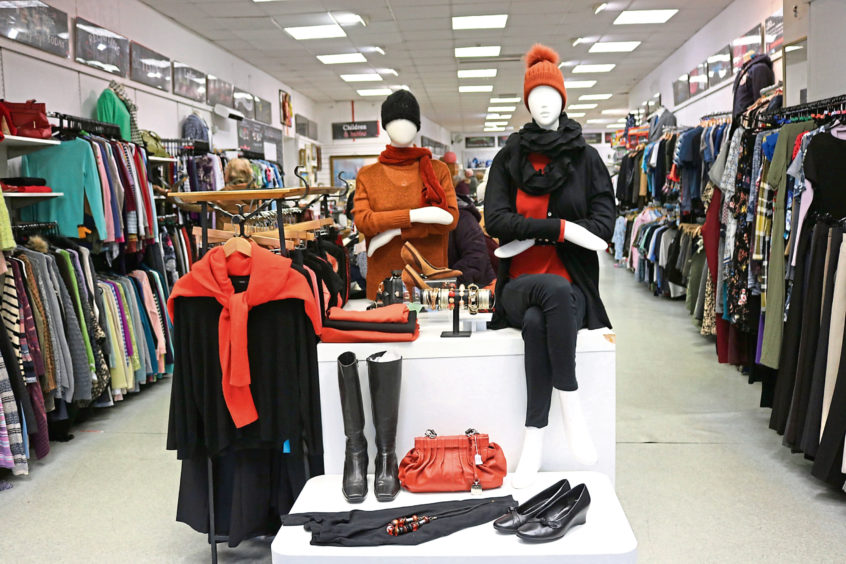
“Right now, we are living in a make, use and dispose culture. That means we are using up finite, natural resources to make products that are only used for a short while before being thrown away,” Catherine explains.
“This process takes a lot of energy and materials, which go to waste when we throw something out.
“A single garment, for example, can require vast amounts of water to make. Instead, we need to see more value in the products we already have, buying second-hand does exactly this as the product already exists.
“Fast fashion is a term that is becoming more familiar to people through social media and on TV. Consequently, more people are catching on to slow fashion.
“There is increasing awareness of the climate crisis and how our consumption of products and materials is a major contributing factor. Around four fifths of our carbon footprint is caused by our huge consumption habit.
“Recent research we did shows that Scots are increasingly aware of the environmental benefits of slowing down consumption by shopping second-hand, with 78% being aware that second-hand shopping is good for the environment.”
Second-hand shops in Dundee are particularly benefiting from this trend.
“We can see when it comes to footfall across our Revolve network of stores that Dundee is one of the areas attracting some of the highest footfall into Revolve stores across Scotland,” says Catherine.
“Revolve is the national certification scheme for second-hand stores in Scotland. Zero Waste Scotland assess and certify stores that meet the strict criteria.
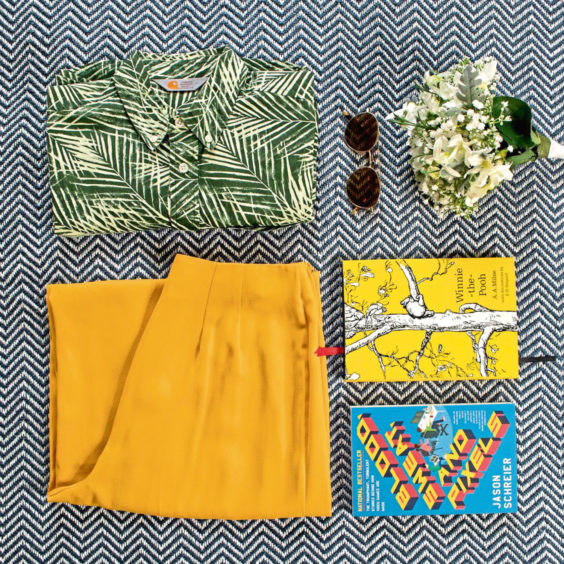
“When shoppers spot the Revolve branding in-store, they know they are buying high quality products that conform to safety standards as well as offering fantastic value for money and an excellent shopping experience.”
Catherine has some great tips for choosing second-hand clothes.
“The same principles apply to when shopping generally – pause and think about whether you really need it and wear it enough to justify the purchase,” she advises.
“There’s no point buying a new top if it’s just going to gather dust in the wardrobe.
“Think about the colours and styles you normally wear and how this second-hand piece will go with your existing wardrobe.
“Then ask yourself – how versatile a piece is it? Could you accessorise it differently and wear it on different occasions and in different seasons? The more versatile the better.”
She recommends buying second-hand in other areas too, including books, ornaments and furniture, adding: “In fact, recent research from Zero Waste Scotland shows that books are one of the most popular type of items to own second-hand. A total of 56% of us own second-hand books.
“Revolve stores sell a range of goods – books, electricals, furniture, children’s goods, you name it. Our aim is to make second-hand second nature, and that shoppers think second-hand first when shopping generally.
“At Zero Waste Scotland, we are trying to encourage consumers generally to bin less, buy better. What does this mean in the context of fashion? Think long-term wear when investing in clothes. There is a handy rule of thumb – ask yourself whether you’ll wear it at least 30 times and, if the answer is no, then you’ll save yourself some money by not buying it.
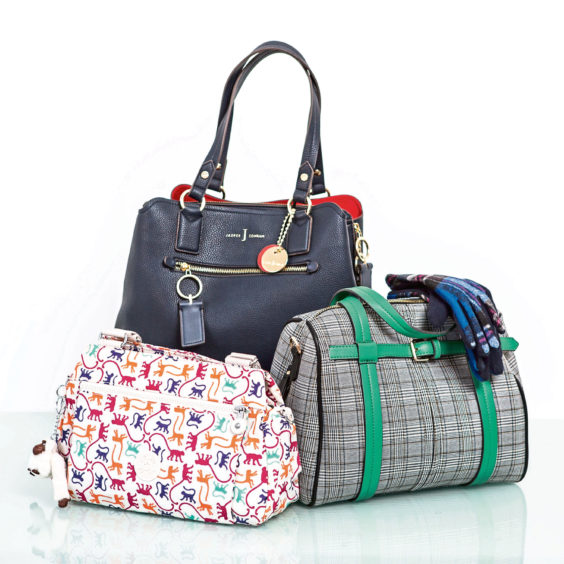
“When you do need to shop, consider visiting your local second-hand stores to benefit the planet, purse and local people. Shopping locally helps the community, shopping second-hand helps the environment and you may just bag yourself a bargain.”
Andreea Dumitru, digital editor at Revolve certified Salvation Army Trading Company, adds: “Textiles represent the UK’s fastest-growing household waste stream and reuse and recycling plays a big part in reducing the impact textile production and waste has on our environment.
“Buying second-hand fashion is a great way to give pre-loved clothes a second lease of life while also buying something unique and affordable.
“Our Revolve-certified Salvation Army shop in Broughty Ferry is welcoming more and more customers who appreciate good quality second-hand clothes and other fashion items we have on offer.”
Andreea also has some top tips for shopping wisely: “Look at seasonal trends and visit your local charity shop with a few items in mind. For example, our female customers are getting on board with the oversized trend and creating the Ariana Grande look from our men’s section.
“During the past couple of years, the oversized trend has been a boom in the fashion industry, with brands like H&M and Zara encouraging their customers to wear knee-length tops and hoodies. Why is oversized clothing the next big trend? It’s comfortable and easy to accessorise and, believe it or not, it enhances your physical features.
“Style a hoodie with a pair of high boots and you are good to go!”
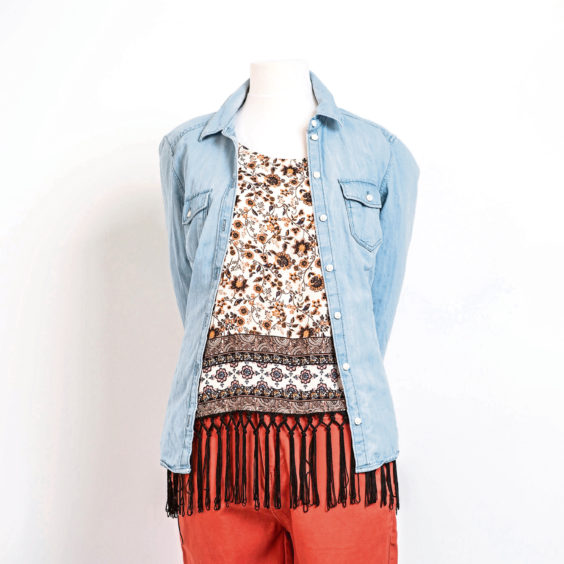
If Weekend readers would like to help, Andreea has a suggestion: “Last year alone, from the clothing collected, reused and recycled, we helped prevent around 235,000 tonnes of greenhouse gases from entering the atmosphere, which is also the equivalent to the vehicle exhaust emissions from driving approximately 850 million car miles!
“So, by donating your pre-loved clothes to your local Salvation Army charity shop, or buying pre-loved items, you are not only helping to raise funds to help those in need, you are also helping to save the planet.”
And, if you needed any more persuading, several celebrities, including Kim Kardashian and Jennifer Aniston, are fans of vintage or recycled clothes.
For more ideas, read The Salvation Army’s latest free magazine Restyle at salvationarmytrading.org.uk. There are more than 50 Revolve-certified Salvation Army stores across Scotland, including Broughty Ferry, Glenrothes, Cupar, Kirkcaldy and Leven, which adhere to rigorous quality assurance processes to guarantee customers high-quality products.
